This unique phenomenon provides information about the formation and evolution of gas giant planets.
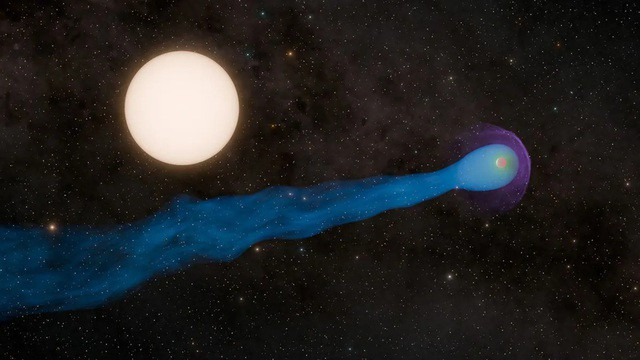 |
| Exoplanet WASP-69 b, 160 light-years from Earth , is roughly the size of Jupiter and wraps around its parent star with a giant tail . (Photo: NASA) |
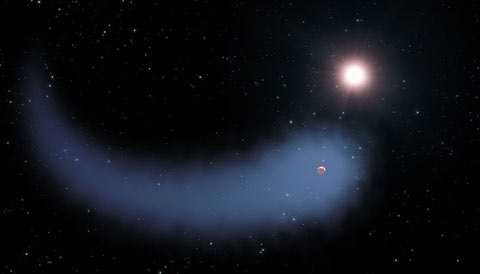 |
The planet's tail is 44 times longer than Earth's diameter, formed from helium leaks caused by fierce stellar winds blowing out from its parent star. (Photo: EarthSky)
|
 |
This phenomenon caused WASP-69 b to lose some of its mass, estimated to be 7 times that of Earth, since 2014. (Photo: Universe Space Tech)
|
 |
| Stellar winds, similar to solar winds, are the main cause of the planet's gas loss and the formation of its spectacular tail. (Photo: Combo Pop) |
 |
The planet's orbital period around its parent star is only 3.9 days, making it likened to "a great snake" in the universe. (Photo: Redazione SCImag SCI MEDIA)
|
 |
| The discovery was made using a new analysis of data from the WM Keck Observatory, Hawaii. (Photo: SPACE TODAY) |
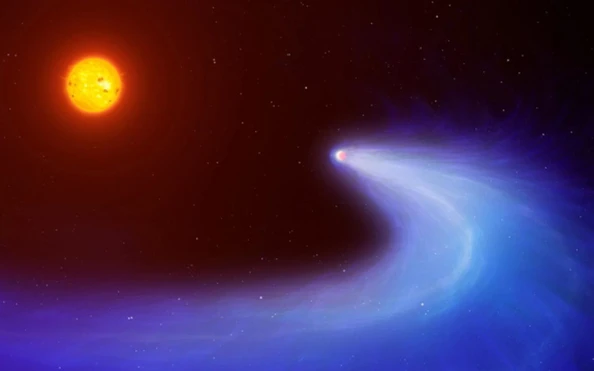 |
| This special phenomenon provides information about the formation and evolution of gas giant planets. (Photo: Nguoi Lao Dong Newspaper) |
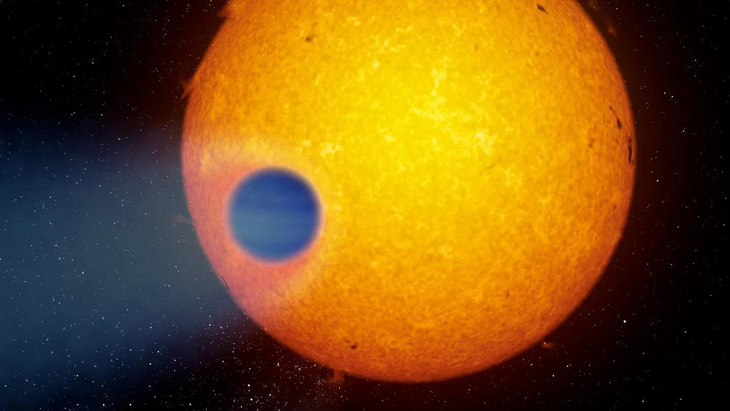 |
| WASP-69 b's tail also helps scientists measure stellar winds from distant stars, expanding our understanding of astrophysics. (Photo: Astronomy Magazine) |
Dear readers, please watch more videos : Revealing the 4.5 billion year old asteroid sample that NASA just announced.
https://khoahocdoisong.vn/hanh-tinh-ran-bat-ngo-lo-dien-duoi-ma-quai-gap-44-lan-trai-dat-post256936.html































![[Photo] National Assembly Chairman Tran Thanh Man visits Vietnamese Heroic Mother Ta Thi Tran](https://vphoto.vietnam.vn/thumb/1200x675/vietnam/resource/IMAGE/2025/7/20/765c0bd057dd44ad83ab89fe0255b783)










































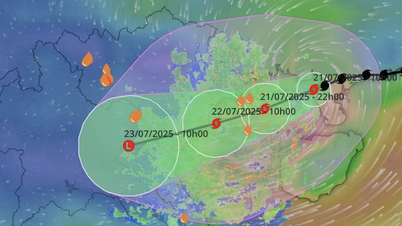



































Comment (0)